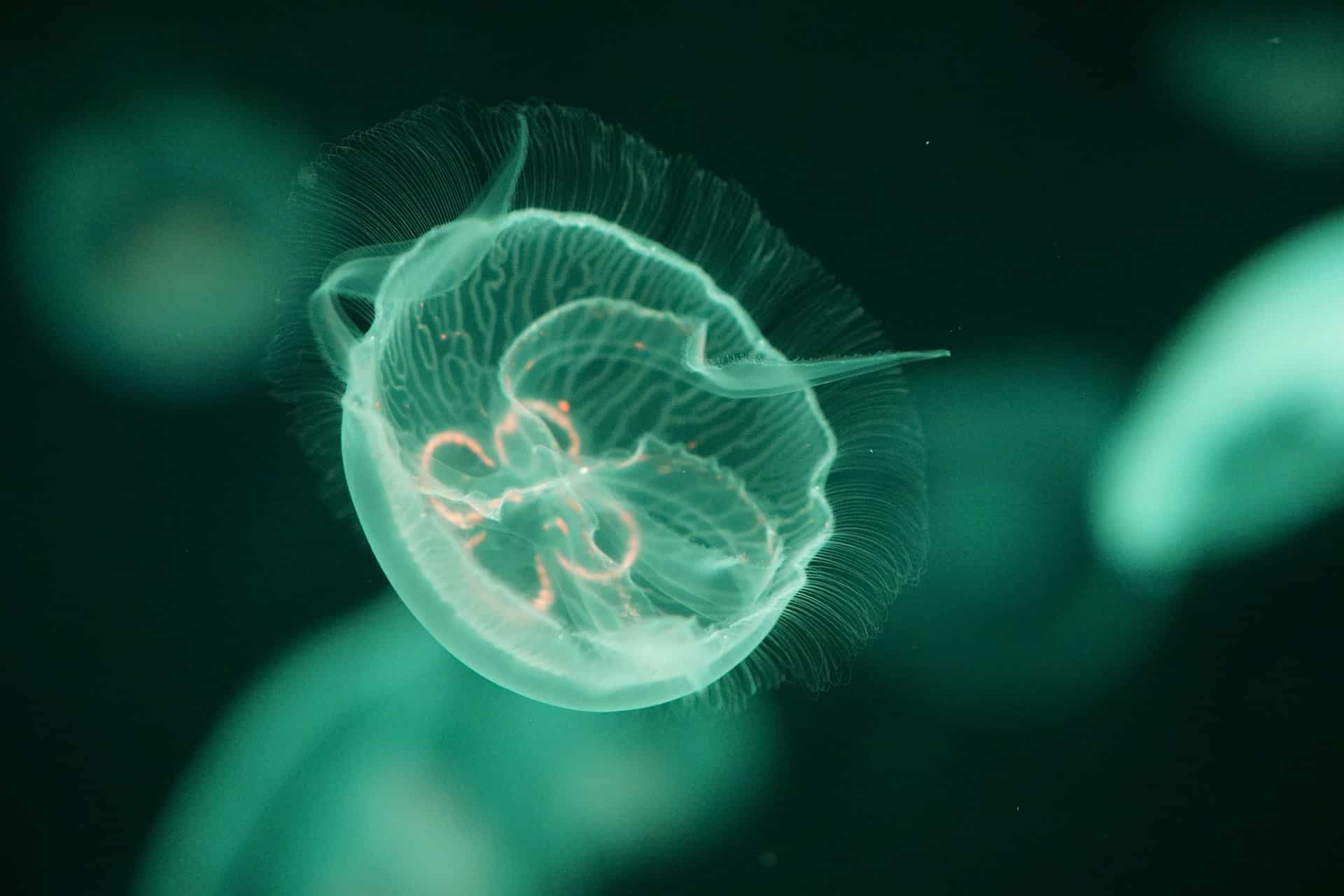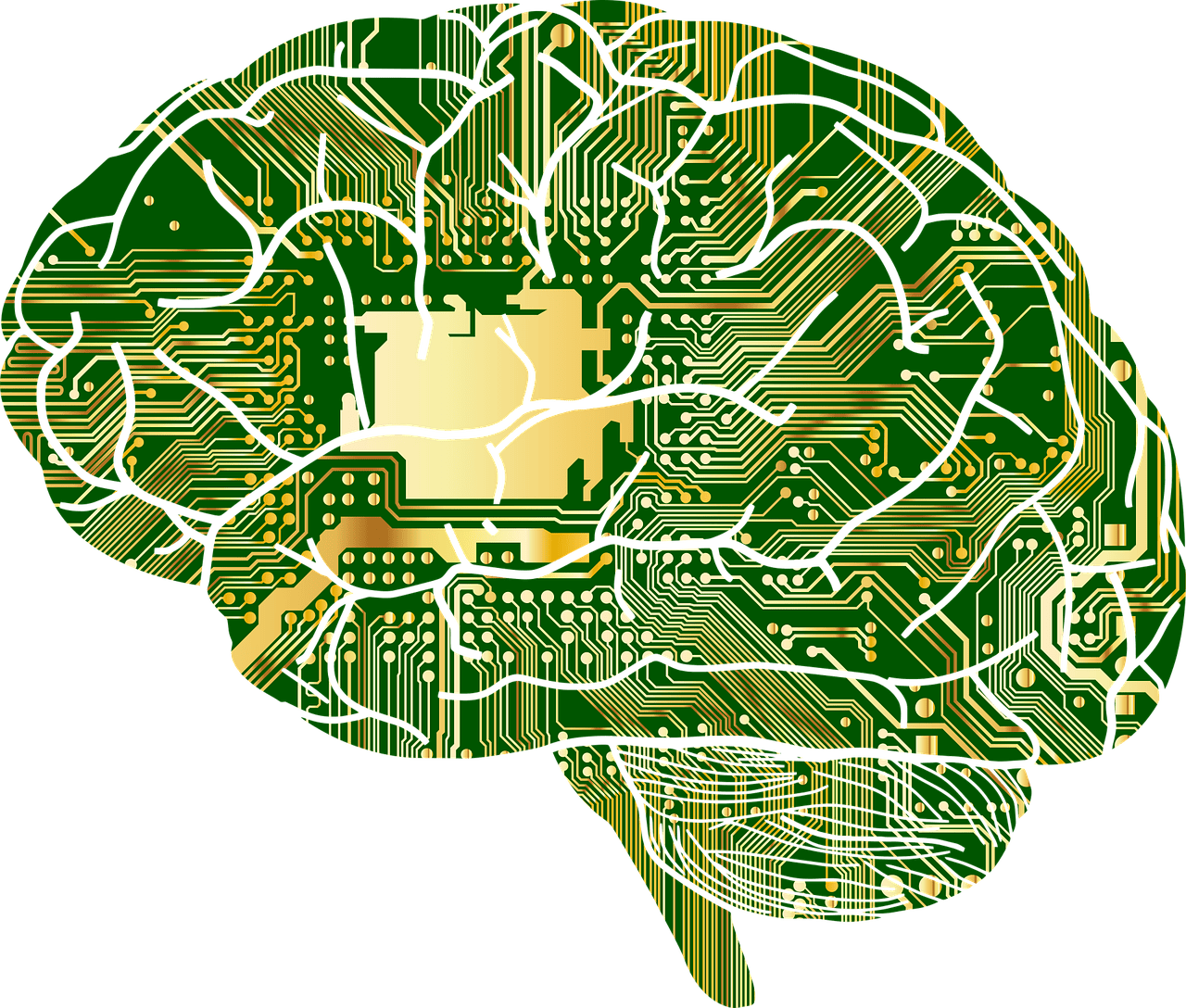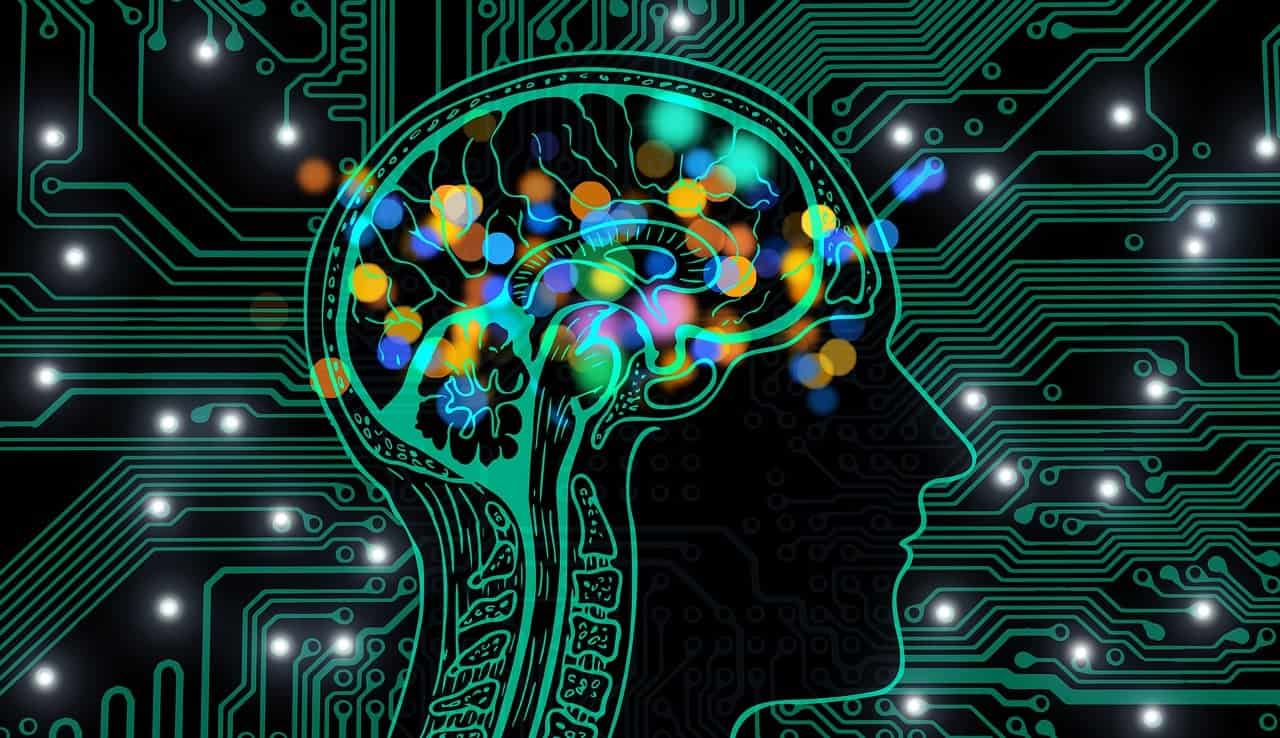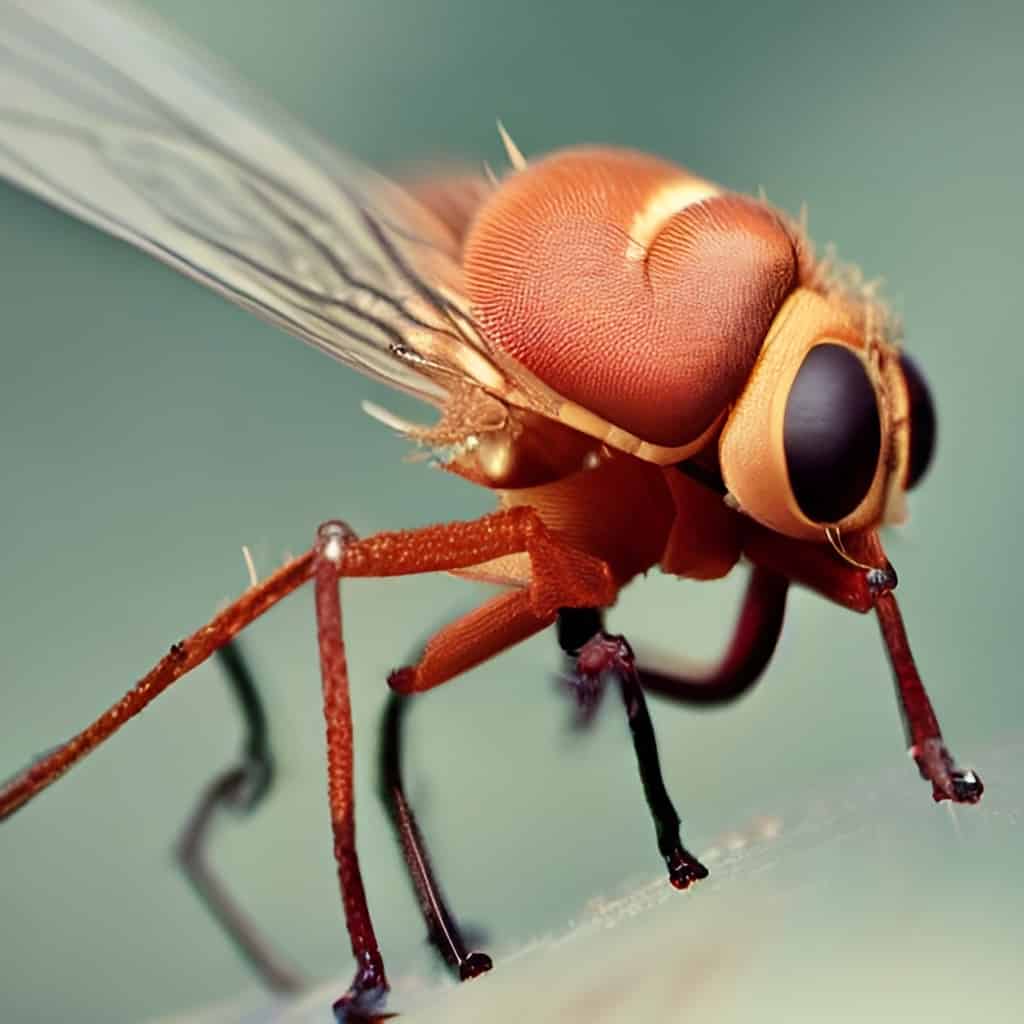
Scientists have generated a 3D reconstruction of the larval fruit fly brain which contains over 3000 neurons and half a million synapses. The new 3D reconstruction reveals the architecture of the insect’s nervous system, including the types of neurons and their interconnections, providing insights into how the brain processes information and generates behavior. The study found the brain to be highly interconnected, with abundant feedback from descending neurons and multiple novel circuit motifs. Some features of the fruit fly brain resemble state-of-the-art deep learning architectures, providing a basis for future experimental and theoretical studies of neural circuits. The findings pave the way for a better understanding of brain function, with potential applications in artificial intelligence and robotics.
A team of scientists led by Winding et al. from the University of Cambridge used electron microscopy to image the brain of a Drosophila melanogaster larva and reconstruct its connections at synaptic resolution. Their findings have been published in Science. The analysis revealed that the larval brain has 3016 neurons and 548,000 synapses. The researchers performed a detailed analysis of the brain circuit architecture, including connection and neuron types, network hubs, and circuit motifs. They found that most of the brain’s in-out hubs (73%) were postsynaptic to the learning center or presynaptic to the dopaminergic neurons that drive learning. Furthermore, they developed an algorithm to track brainwide signal propagation across polysynaptic pathways and analyzed feedforward (from sensory to output) and feedback pathways, multisensory integration, and cross-hemisphere interactions.
The team also found extensive multisensory integration throughout the brain and multiple interconnected pathways of varying depths from sensory neurons to output neurons forming a distributed processing network. The brain had a highly recurrent architecture, with 41% of neurons receiving long-range recurrent input. However, recurrence was not evenly distributed and was especially high in areas implicated in learning and action selection. Dopaminergic neurons that drive learning were amongst the most recurrent neurons in the brain. Many contralateral neurons, which projected across brain hemispheres, were in-out hubs and synapsed onto each other, facilitating extensive interhemispheric communication.
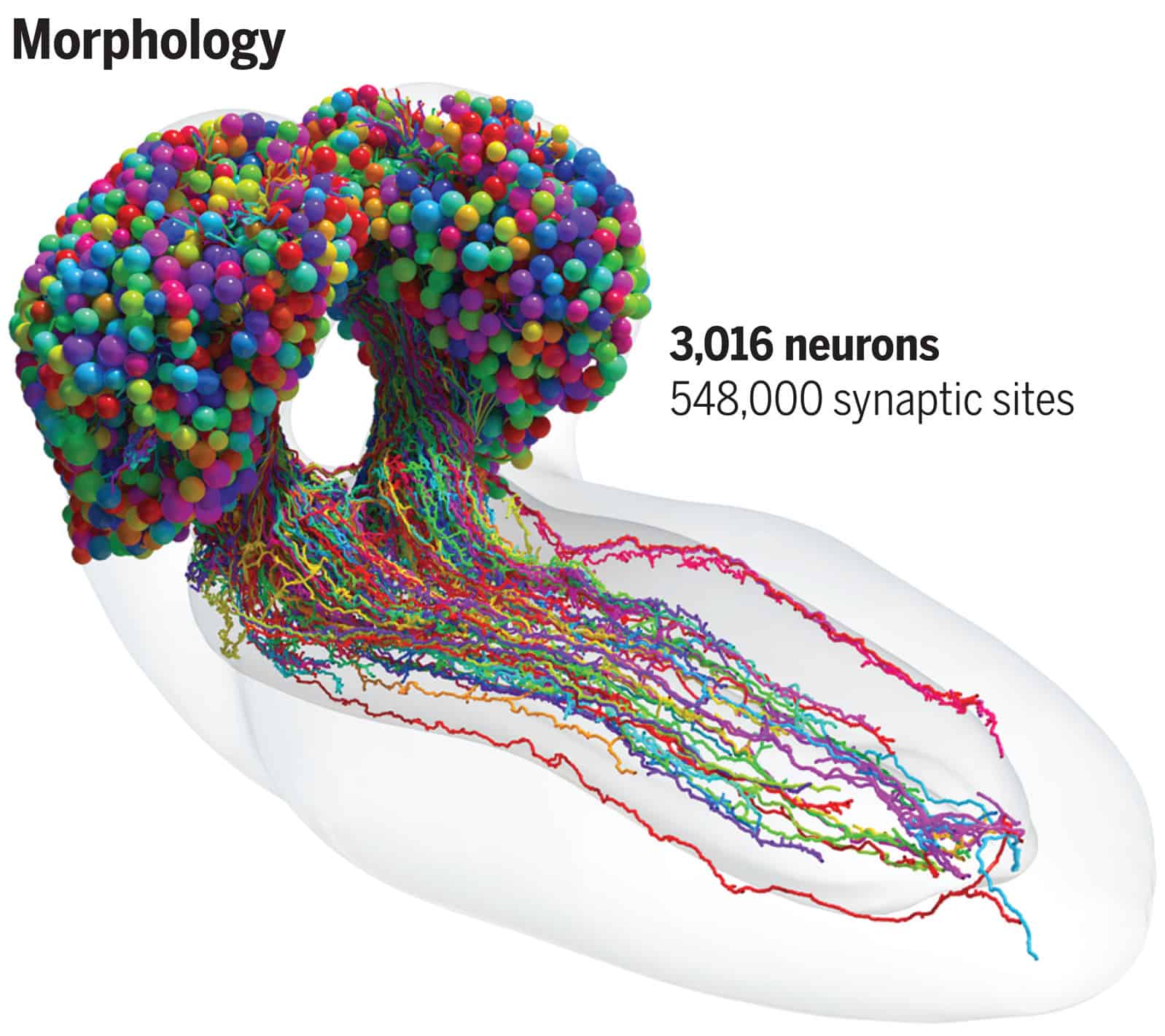
Applications in Artificial Intelligence
The complete synaptic-resolution connectome of the Drosophila larval brain will be a lasting reference study, providing a basis for a multitude of theoretical and experimental studies of brain function. It is possible that some of the architectural features observed in the Drosophila larval brain could also be used to inform artificial intelligence (AI) architectures. In particular, the recurrent nature of the fruit fly’s neural connections may provide insights into how AI algorithms could be designed to better mimic human decision-making processes.
Furthermore, comparisons between the connectomes of different organisms may reveal both common and idiosyncratic circuit architectures that underlie behavioural differences between organisms. Such information could be applied in AI systems for more efficient learning algorithms and decision-making processes.
The newly generated synaptic-resolution connectome of the Drosophila larval brain provides valuable insights into its functional roles and circuit motifs. It is possible that some of these findings may have applications in artificial intelligence and robotics, potentially leading to improved decision-making algorithms and learning processes.



